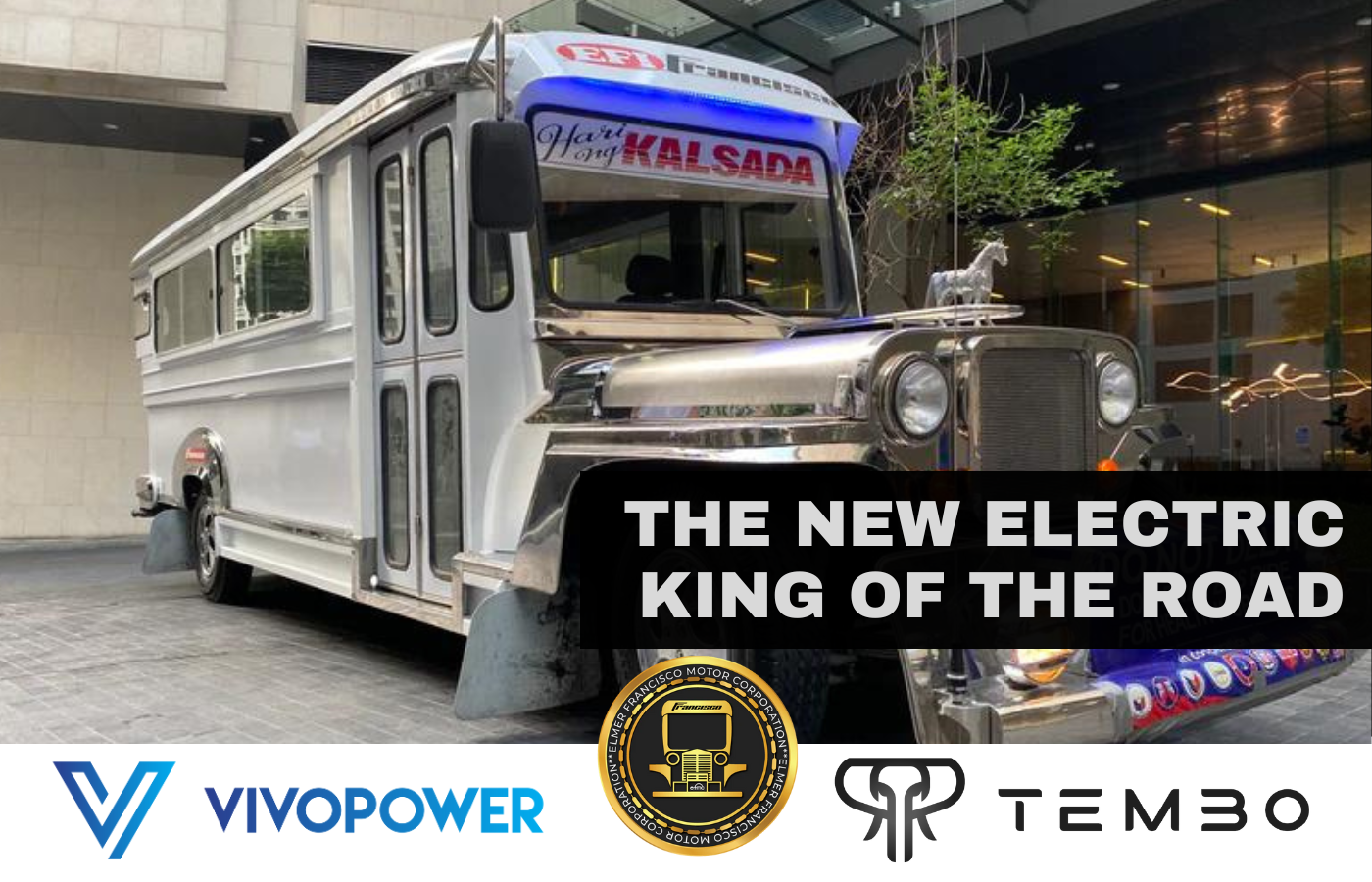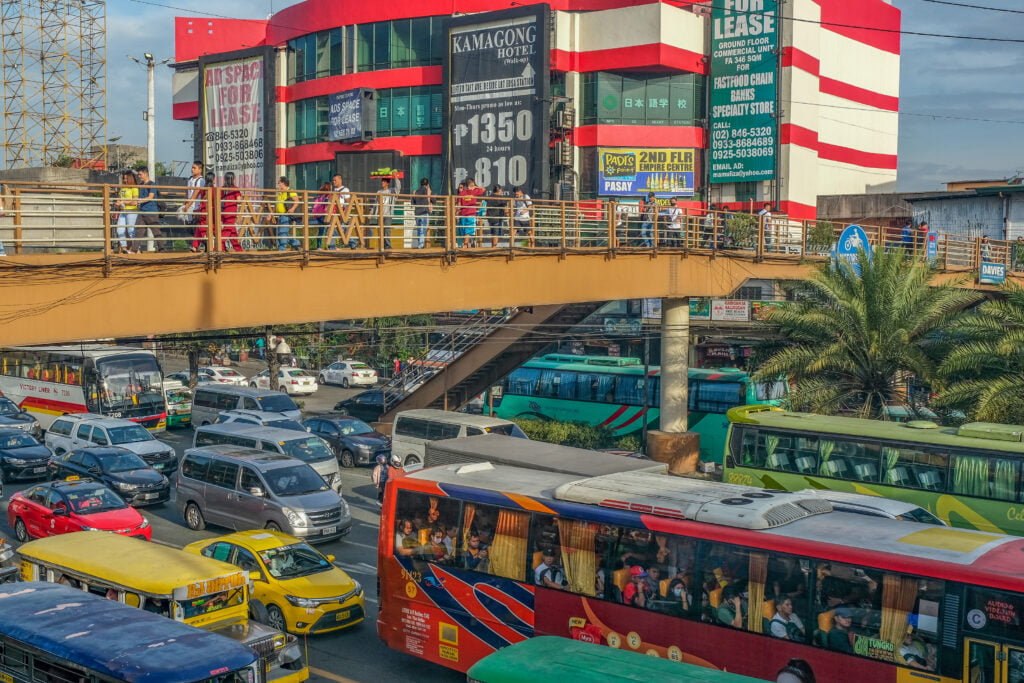Top Advantages of Transit Advertising Philippines for Companies
Top Advantages of Transit Advertising Philippines for Companies
Blog Article
Recognizing the Duty of Transportation Advertising And Marketing in Enhancing Brand Name Presence and Customer Engagement
Transit marketing has actually arised as an essential component in the advertising and marketing landscape, supplying distinct chances for brand names to elevate their visibility and engage consumers effectively. With the capacity to get to a diverse and captive target market throughout their everyday commutes, these advertising and marketing approaches are not simply concerning presence; they have to do with creating meaningful connections with potential consumers. As we check out the complex advantages and innovative approaches within transit marketing, it becomes important to take into consideration exactly how these components jointly affect customer understanding and actions, questioning regarding their long-term effect on brand name commitment.
Interpretation of Transportation Advertising And Marketing
Transportation advertising and marketing describes the method of advertising products, solutions, or brand names with ads positioned in and around public transport systems. This form of advertising incorporates a variety of placements, including posters on buses and trains, electronic displays at transportation stations, and wraps on the outside of lorries. It aims to get to a varied target market, maximizing the high foot website traffic related to public transportation.
Transportation advertising is strategically placed to capture the attention of commuters, that typically spend substantial time waiting or traveling. By incorporating promotions right into the everyday regimens of people, brands can develop a long-term impact and foster brand recognition. The medium is specifically efficient in city environments, where public transportation is a primary mode of traveling.
Furthermore, transit marketing can assist in localized targeting, permitting organizations to reach specific demographics based upon transportation courses and terminal areas. As metropolitan populaces expand and making use of public transportation rises, this marketing approach has actually gained importance as an important component of incorporated marketing methods. The vibrant nature of transit advertising, integrated with its capacity to involve customers in a captive environment, highlights its relevance in contemporary marketing practices.
Benefits of Transit Advertising And Marketing
The performance of transportation advertising and marketing depends on its ability to deliver a wide variety of advantages to brand names seeking to improve visibility and interaction. Among the key benefits is the considerable reach it offers; transit ads can successfully target varied demographics throughout metropolitan locations, getting to both travelers and pedestrians alike. This wide exposure dramatically improves brand name awareness.
One more advantage is the high regularity of impacts. As transportation lorries travel along well established paths and stop at several locations, they create recurring direct exposure that strengthens brand messages. This frequency fosters familiarity, which is crucial in customer decision-making.
Transportation marketing is likewise affordable compared to various other media systems. Offered its large reach and possibility for high perceptions, brands often experience a reduced price per thousand perceptions (CPM), optimizing their marketing budget.
In addition, transportation ads can produce a sense of neighborhood connection. By lining up with regional transit systems, brands can reverberate with regional audiences and promote a feeling of neighborhood pride. This local method boosts brand name commitment and involvement, making transportation advertising a compelling selection for services intending to solidify their existence in the marketplace.

Efficient Techniques for Transportation Campaigns
To take full advantage of the influence of transportation projects, brand names need to take advantage of tactical planning and execution tailored to their target audience. Initially, determining the market attributes of the target market using public transportation is crucial. This allows brands to create individualized messaging that resonates with possible consumers.
Following, choosing the best transportation tools is vital. Whether making use of bus wraps, metro posters, or electronic displays, each tool has one-of-a-kind advantages that can enhance visibility. As an example, dynamic visuals on bus covers can stand out, while digital advertisements can be updated regularly to show prompt promotions.
Furthermore, integrating a natural branding approach throughout transportation systems makes sure uniformity and strengthens the brand name's identification. Utilizing unforgettable taglines and eye-catching layouts will certainly enhance brand name recall among commuters.
Finally, timing is a crucial variable in executing successful transportation campaigns. Releasing campaigns throughout optimal travel hours or regional occasions can significantly raise visibility and involvement. By utilizing these approaches, brands can properly harness the capacity of transportation marketing, promoting higher awareness and connection with their target market. Eventually, a well-executed transit campaign can drive considerable growth in brand name presence and consumer involvement.

Measuring Influence and Involvement
In evaluating the performance of transportation ad campaign, exact dimension of effect and interaction is necessary for brand names looking for to enhance their marketing methods. Metrics such as reach, regularity, and perceptions provide fundamental data to assess presence. Examining these factors assists figure out just how several possible consumers are exposed to the advertisements during their day-to-day commutes.
Involvement can be additional determined through customer communications, such as website traffic, social networks discusses, and straight actions to calls-to-action included in the advertisements. Using tools like QR codes or unique URLs can facilitate monitoring of consumer behavior straight connected to transportation campaigns. Studies and comments mechanisms likewise function as valuable approaches to gather qualitative information on consumer understandings and recall of the advertisement.
Moreover, progressed analytics and attribution models can correlate transit exposure with subsequent investing in habits, providing insights right into the roi. By utilizing a comprehensive technique that integrates qualitative and quantitative steps, brands can create a nuanced understanding of their transit marketing impact. Eventually, this data-driven technique enables brands to fine-tune their campaigns, ensuring they resonate effectively with target audiences and improve total brand presence.
Case Research Studies of Effective Campaigns
Effective transportation advertising and marketing campaigns serve as compelling examples of how efficient methods can elevate brand name visibility and engagement. Transit Advertising Philippines. One noteworthy situation is the "I Love New York" campaign, which transformed the city's image and drew in millions of vacationers. By making use of train ads, billboards, and bus covers, over here the project created a solid, natural brand name identity, causing a considerable uptick in tourist and regional organization patronage
An additional exemplary campaign is Coca-Cola's "Share a Coke" effort, which leveraged transit advertising to individualize the brand experience. By including popular names on advertising products throughout numerous transportation platforms, Coca-Cola cultivated a much deeper emotional link with customers, encouraging them to share their experiences on social networks.
Additionally, the "Got Milk?" campaign successfully made use of public transportation advertisements to get to a broad target market, strengthening the message of the significance of milk in a well balanced diet. The campaign saw a measurable rise in milk intake in target demographics.
These situation studies show that when implemented thoughtfully, transportation advertising and marketing can substantially boost brand presence, foster consumer involvement, and drive quantifiable results, demonstrating its vital role in contemporary advertising and marketing strategies. - Transit Advertising Philippines
Verdict
To conclude, transportation marketing acts as a vital device for boosting brand name presence and promoting customer interaction. By utilizing strategically positioned advertisements within mass transit systems, brand names can effectively get to varied target markets and reinforce recognition with constant direct exposure. The implementation of targeted messaging and ingenious click here for more info methods better enhances the effect of transportation projects. Inevitably, the ability to determine involvement and analyze successful situation research studies emphasizes the effectiveness of transit marketing in driving brand name loyalty and consumer interactions.
Transit marketing has arised as a pivotal aspect in the marketing landscape, offering unique chances for brands to elevate their exposure and involve consumers successfully.Furthermore, transit marketing can facilitate local targeting, permitting services to reach specific demographics based on transportation paths and station locations.In reviewing the performance of transit advertising projects, precise measurement of impact and interaction is important for brand names seeking to enhance their marketing strategies.Successful transportation advertising projects offer as compelling instances of exactly how reliable approaches can informative post raise brand presence and engagement.In verdict, transit advertising and marketing offers as an important device for enhancing brand name exposure and cultivating customer engagement.
Report this page